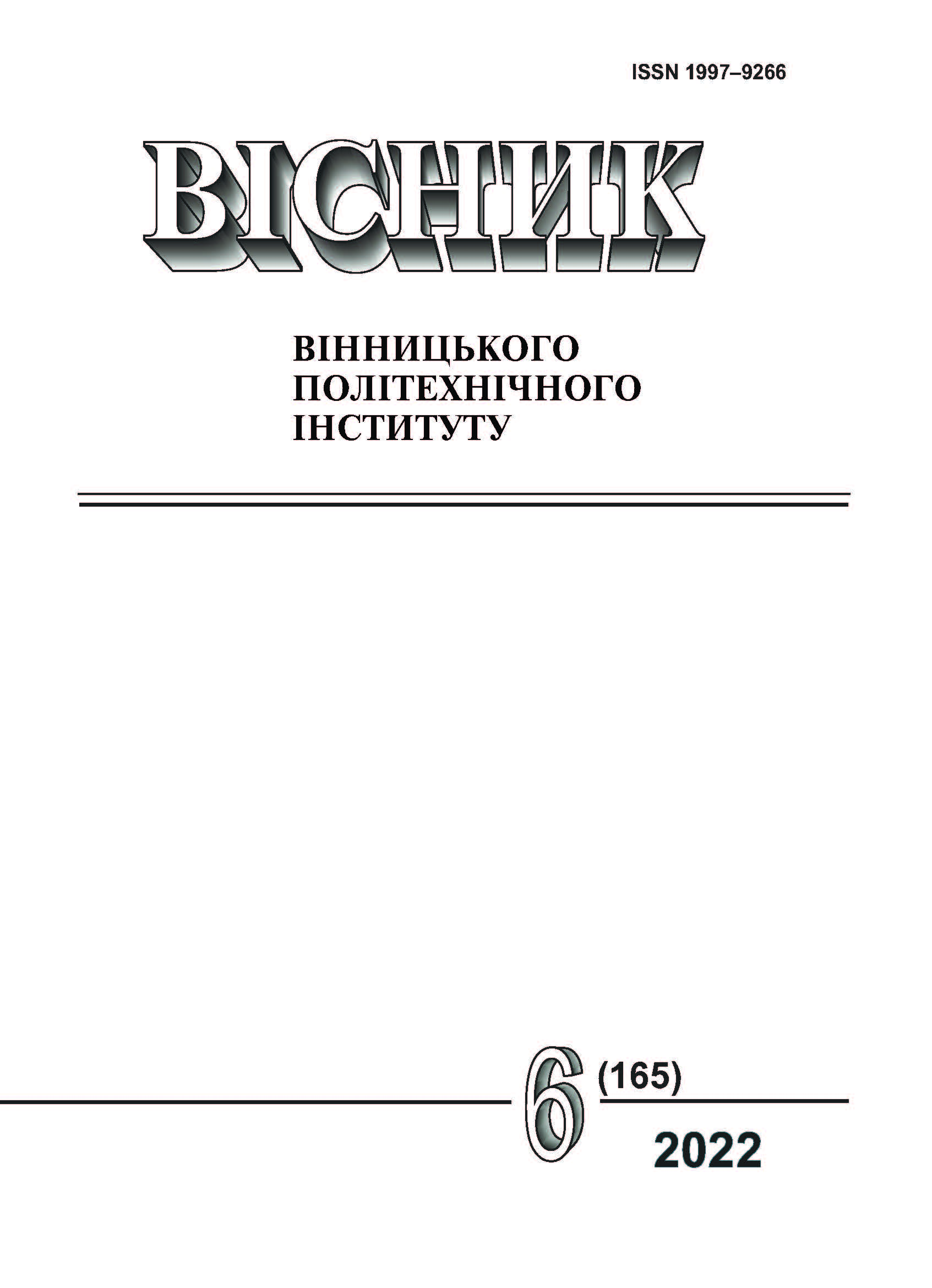Forced Convection — Study of the Regular Thermal Regime in Different Layers at the Liquid Height
DOI:
https://doi.org/10.31649/1997-9266-2022-165-6-23-28Keywords:
cooling heating) rate, thermocouple, excess temperature, regular thermal modeAbstract
The rate of cooling (heating) of experimental liquids was studied separately for five thermocouples located at different heights of the experimental probe.
Research has been carried out on an experimental stand in the system “environment I — body II”, where “environment I” is water, and “body II” is the investigated liquid medium in a thin metal cylindrical shell under conditions of free convection.
The regular mode of cooling (heating) of the object is characterized by a change in the temperature field over time, which is described by an exponential dependence, while the relative cooling rate t of all points of the body remains a constant value, independent of coordinates and time.
The theory of a regular thermal regime has been widely used to solve many practical problems: to determine the rate of cooling (heating) of a body, to study the thermophysical properties of materials, heat transfer and radiation coefficients, thermal resistance, etc. The advantages of this method are that the design of the device and the technique of conducting the experiment are simple, the accuracy of the obtained results is quite high, and the time of the experiment is short.
Non-stationary thermal conductivity corresponds to a thermal regime unstable in time, created by this or that thermal action on the body or environment. Non-stationary thermal conductivity is characterized by the fact that the temperature changes not only from point to point, but also over time. Non-stationary thermal conductivity occurs during heating or cooling of bodies, as well as when starting or stopping heat exchange devices, power units, etc.
The experimental results are presented on the study of the rate of cooling (heating) of experimental liquids separately for five thermocouples located at different heights of the experimental probe under conditions of forced convection
References
В. П. Исаченко, В. А. Осипова, и А. С. Сукомел, Теплопередача, учеб. для вузов, изд. 3-е, перер. и доп. М.: Энергия, 1975, 488 с.
С. Й. Ткаченко, і О. В. Власенко, «Дослідження темпу нагрівання гетерогенного рідкого середовища,» Сучасні технології матеріали і конструкції в будівництві, наук.-техн. журн., № 1, с. 127-133, 2019.
С. Й. Ткаченко, і Н. В. Пішеніна, Нові методи визначення інтенсивності теплообміну в системах переробки органічних відходів, моногр. Вінниця, Україна: ВНТУ, 2017. 148 с.
Г. М. Кондратьев, Регулярный тепловой режим. М.: Гос. изд-во техн.-теор. лит-ры, 1954, 408 с.
С. В. Юшко, О. Є. Борщ, і Г. І. Токар, Нестаціонарна теплопровідність, навч. посіб. Харків, Україна: НТУ «ХПІ», 2012, 112 с.
Downloads
-
PDF (Українська)
Downloads: 57
Published
How to Cite
Issue
Section
License

This work is licensed under a Creative Commons Attribution 4.0 International License.
Authors who publish with this journal agree to the following terms:
- Authors retain copyright and grant the journal right of first publication.
- Authors are able to enter into separate, additional contractual arrangements for the non-exclusive distribution of the journal's published version of the work (e.g., post it to an institutional repository or publish it in a book), with an acknowledgment of its initial publication in this journal.
- Authors are permitted and encouraged to post their work online (e.g., in institutional repositories or on their website) prior to and during the submission process, as it can lead to productive exchanges, as well as earlier and greater citation of published work (See The Effect of Open Access).





